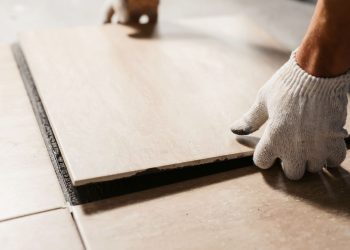A rainstorm can provide much-needed water for your lawn, but it can also damage your home and endanger your family’s health. A crawlspace under a house is supposed to stay dry no matter the weather. In addition to the possibility of water leaking into a crawlspace when it rains, you need to be concerned about groundwater rising and flooding the area. You should check your crawlspace after a rainstorm and take action immediately if you find water.
Why a Flooded Crawlspace Is Dangerous
Water in a crawlspace can cause mold to grow on hard surfaces and insulation. Spores can get into the ventilation system, spread throughout your home and cause headaches and respiratory problems that could threaten your family’s health, especially if members have asthma or other medical issues. Standing water can attract insects, mice and rats, which can spread disease and can cause wood to rot, which can lead to major structural damage.
How to Handle Crawlspace Flooding and Prevent Future Problems
If you find water inside your crawlspace after it rains, address the issue right away. A sump pump can remove water currently in your crawlspace and pump water away from the foundation to keep the crawlspace from flooding in the future. A sump pump is installed in a basin in the ground inside a crawlspace. It automatically activates if water enters the basin and carries water out of the crawlspace though a discharge line that usually leads to the backyard. You should install a sump pump with a battery backup in case severe weather causes a power outage.
You can also prevent future crawlspace flooding by installing a French drain, which consists of a trench that is dug around the perimeter of the foundation and lined with gravel. The trench connects to a pipe that diverts water away from the house to the yard or street.
The general landscaping in your yard can have an impact on whether your crawlspace floods when it rains. If rainwater collects in puddles around the foundation, it can seep into the crawlspace through cracks. The land should be graded so water flows away from the house.
You should clean your gutters or have them professionally cleaned twice a year if you don’t have gutter guards. That will allow water to flow through the downspouts and to be carried away from the perimeter of the house and prevent it from flowing over the sides of the gutters, landing near the foundation and flooding the crawlspace.
Don’t Ignore Water in Your Crawlspace
A flooded crawlspace can cause major damage to your home and put your family’s health at risk, and you may be completely unaware of the situation unless you take the time to check after a rainstorm. If you see water in your crawlspace, contact a professional right away to have the water pumped out and to figure out the best way to keep the problem from happening again and again.











